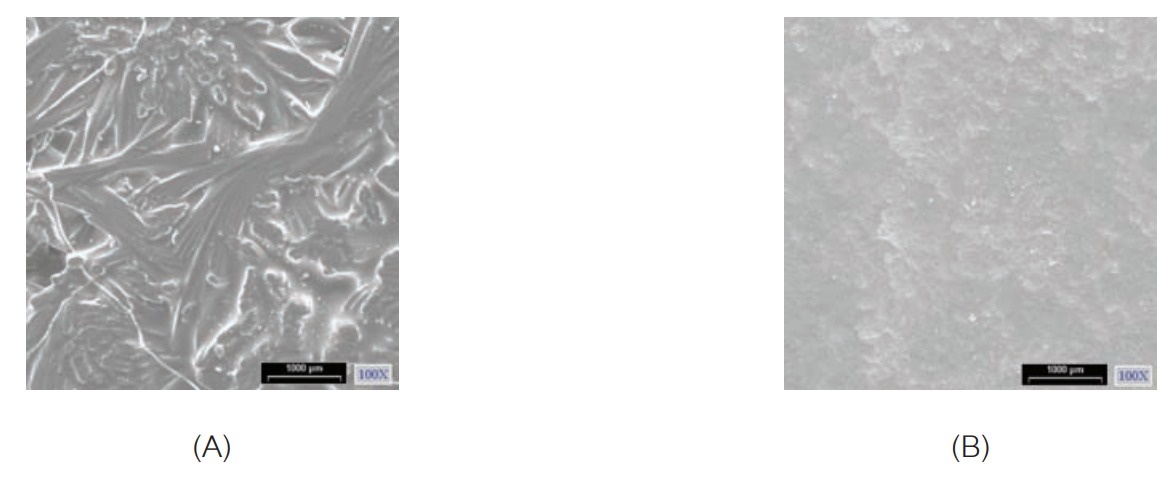Sol gel synthesis of TEOS-SiO2-PDMS hydrophobic film for ceramic coating
DOI:
https://doi.org/10.60136/bas.v1.2012.178Keywords:
Hydrophobic, PDMS, Sol gel, AbrasionAbstract
Sol gel synthesis for ceramic hydrophobic coating was studied. Tetraethyl orthosilicate (TEOS) and Polydimethylsiloxane, (PDMS) were used to form the hydrophobic gel. Silica nano-particles, 12 and 20 nm, at 0.5, 5.0, or 10 wt.% and heat treatment at temperature 300 or 400 °C were varied in the synthesis of the hydrophobic and transparent films. The contact angle was used to measure the hydrophobic property and the transmittance was used to measure the transparent property of the films. The study showed that the coating could have the contact angle of 139° and transmittance of 73%. When the ceramic glaze was coated by the gel, water droplets on the surface were in spherical shape and flow away quickly. The effects of abrasion on the contact angle of the film coated on the smooth surface of ceramic glazes or on the uneven one were showing different results.
References
Minglin Ma and Randal M. Hill, Superhydrophobic surfaces, Current Opinion in Colloid and Interface Science, 11 (2006) 193-202.
Ashley Jones and Norman Lamb, Zhang, 2004. Hydrophobic Material. U.S. patent 6,743,467 B1. Jun 1.
Linda Y. L. Wu, G. H. Tan, X. T. Zeng, T. H. Li, Z. Chen, 2006. Synthesis and Characterization of Transparent Hydrophobic Sol-Gel Hard Coatings. J. Sol-Gel Sci. Technol. 38, 85–89.
Linda Y.L. Wu, A.M. Soutar, X.T. Zeng, 2005. Increasing hydrophobic of sol-gel coating by chemical and morphological modifications. Surface&Coating Technoloby 198. 420-424.
Linda Y.L. Wu, G.H. Tan, M. Qian and T. H. Li, Formation of transparent hydrophobic sol-gel hard coating. SIM Tech technical report, vol.6, No.2, Jul-Sep, (2005) 1-4.
T. Prertkaew, L. Punsukumtana, and S. Srilomsuk, Thin Film Society and Harbin Institute of Technolgy. Processing parameters on properties of TEOS-SiO2-PDMS film. The 5th International conference on technological advances of thin films & surface coatings (Thin Films2010) and The First International conference on advanced polymer and polymer composites (COMPO2010). 2010. July; 11-14; CHINA: Harbin, 2010.
Shuxue Zhou, Limin Wu, Jian Sun, Weidian Shen, The change of the properties of acrylic-based polyurethane via addition of nano-silica, Progress in Organic Coatings 45 (2002) 33–42.
Liang Jin-sheng, Meng Jun-ping, Liang Guang-chuan, Wang Li-juan, Zhang Jin, Li Ji-juan, Effect of surface free energy of ceramic glaze on oil droplet shape and its behavior in water. Trans. Nonferrous Met. Soc. China. 16, (2006), s538-5541.

Downloads
Published
How to Cite
Issue
Section
License
Copyright (c) 2012 Bulletin of Applied Sciences

This work is licensed under a Creative Commons Attribution-NonCommercial-NoDerivatives 4.0 International License.









